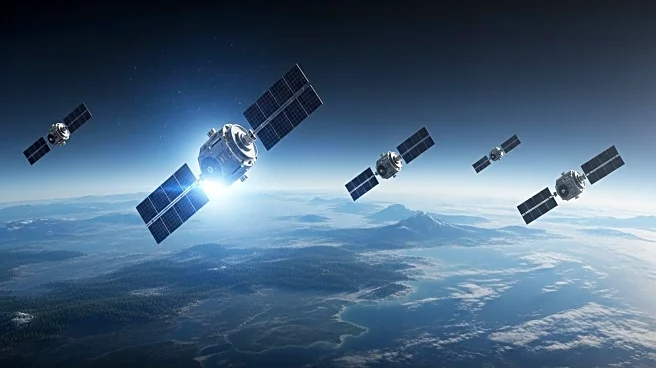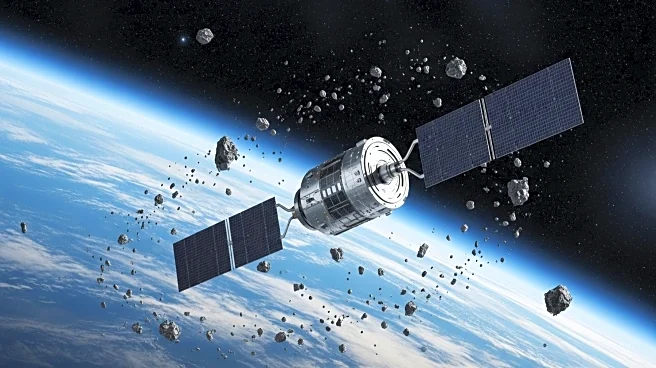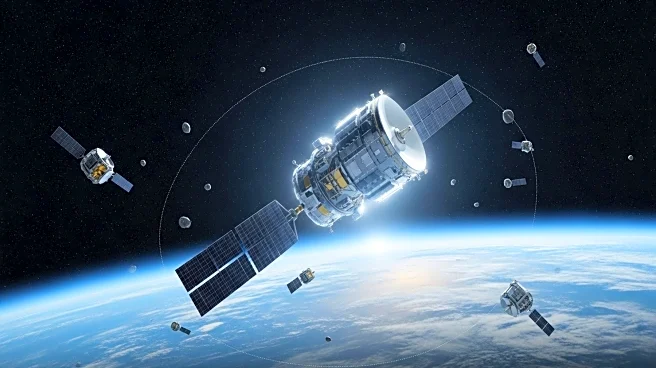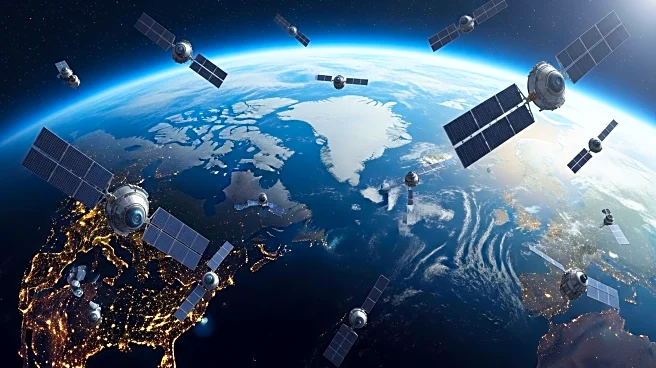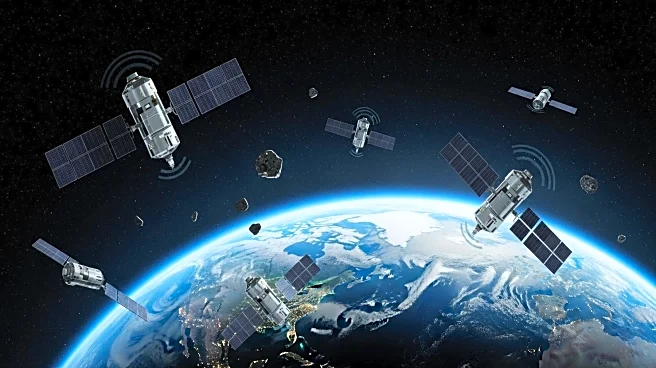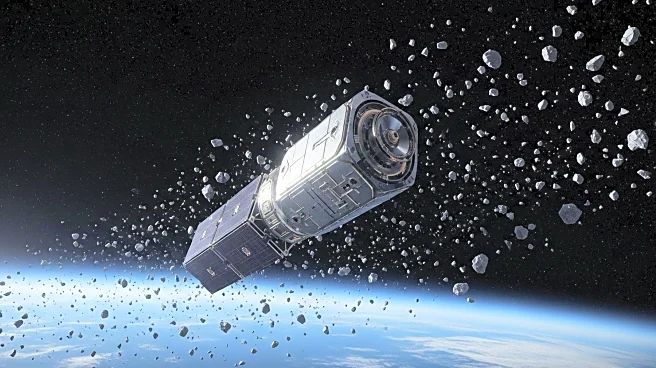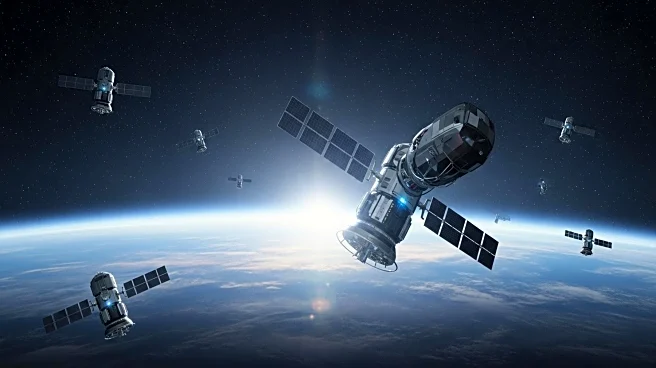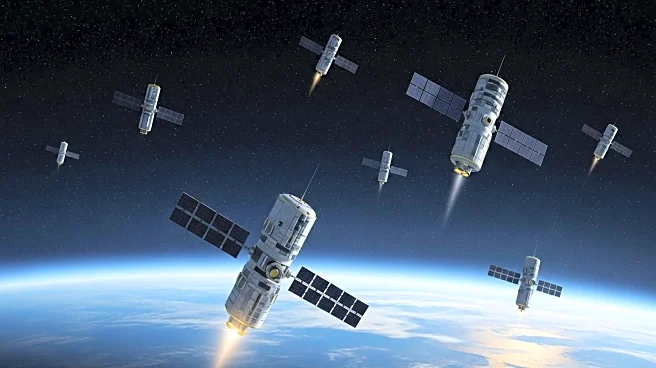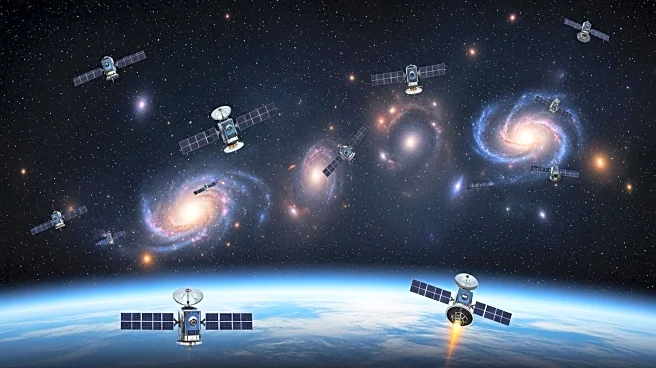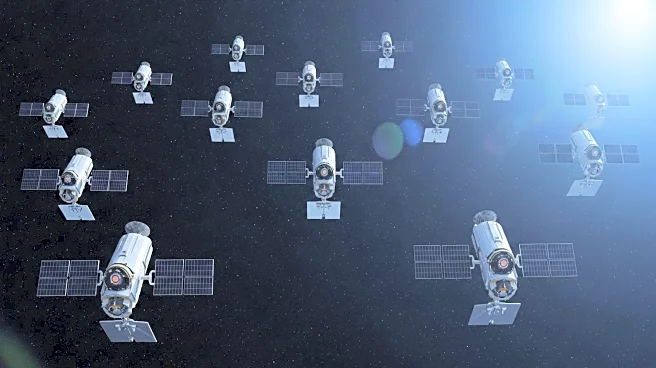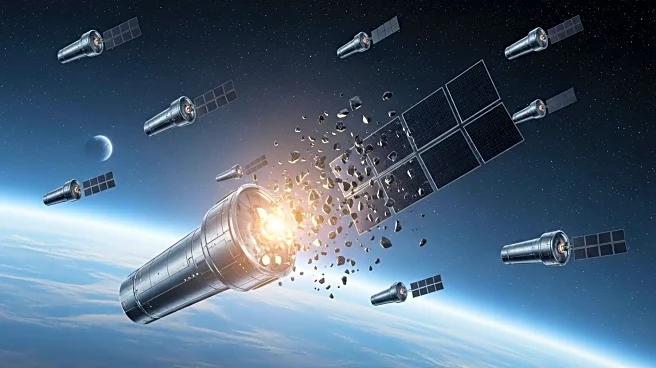What's Happening?
SpaceX's Starlink satellites have been re-entering Earth's atmosphere, creating bright fireball-like displays. These events occur as the satellites burn up upon re-entry, captivating onlookers and raising concerns within the scientific community. The phenomenon has prompted discussions about the reliability of satellite technology and the environmental impact of these occurrences. SpaceX has responded by implementing measures to minimize risks, including improving satellite design to ensure complete disintegration during re-entry.
Why It's Important?
The re-entry of Starlink satellites highlights the growing need for sustainable space practices. Environmentalists are concerned about the release of particulates into the atmosphere during these events, which could have long-term environmental impacts. The high frequency of satellite re-entries underscores the importance of international collaboration to develop regulations that ensure orbital safety and debris management. This situation presents challenges for space traffic management and calls for enhanced tracking technologies to prevent potential collisions.
What's Next?
SpaceX is committed to addressing the risks associated with satellite re-entries. The company is focusing on improving satellite design and implementing measures to ensure complete disintegration during re-entry. The ongoing dialogue among scientists and environmentalists may lead to stricter regulations and international cooperation to mitigate environmental and safety risks. The development of advanced tracking technologies could play a crucial role in managing space traffic and ensuring the longevity of space operations.
Beyond the Headlines
The re-entry of Starlink satellites raises ethical questions about the responsibility of private companies in managing space debris and environmental impacts. The situation could lead to long-term shifts in how space operations are regulated, with potential implications for future satellite launches and international space policies. The need for sustainable practices in space exploration is becoming increasingly urgent as the number of satellites in orbit continues to grow.
